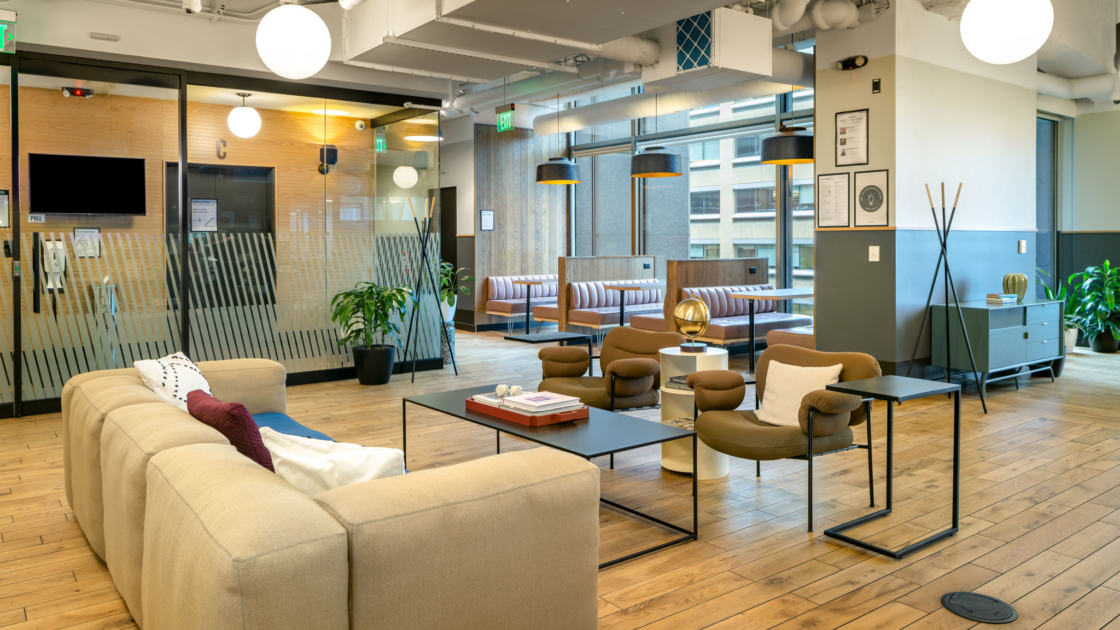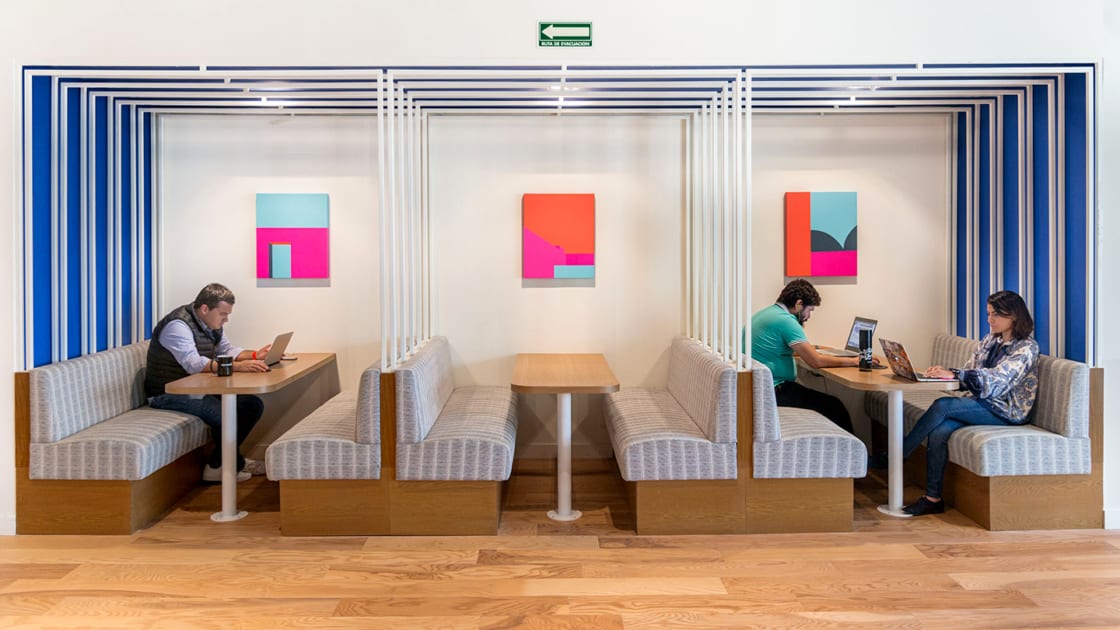For decades, Working Girl office attire was the model of white-collar workwear. Melanie Griffith’s Tess McGill dressed for her job at a Wall Street investment bank in shoulder-padded skirt suits and nude pantyhose; Harrison Ford’s executive Jack Trainer sported an array of suits in pinstripes, plain navy, or gray. Thirty-one years later, this uniform look seems as dated as Tess’s commuter sneakers and gym socks.
Even in conservative fields like law, government, and finance, dress codes have become more flexible in recent years. In step with this trend, retailers have expanded their professional offerings, providing professionals—especially women—with more options. And they’re buying: In 2018, general apparel and accessories e-commerce revenues in the U.S. were $102.8 billion, according to Statista; by 2022, it’s is projected to reach $138.7 billion.
So is the suit dead? Not two decades ago during the dot-com boom, a new wave of glossy technology startups began swarming Silicon Valley, distinguished by venture capital and hooded sweatshirts. Today, hoodies are more of a tech-company uniform than suits ever were. Suits aren’t actively discouraged, but a line from Google’s company manifesto, written when the tech behemoth was just a few years old, says it best: “You can be serious without wearing a suit.”
Entrepreneur and humanitarian Anthony Brahimsha founded his company Prommus—a protein hummus brand that contributes 1 percent of its sales to the World Food Program—without defining a dress code. The employee handbook simply reads, “Dress based on your success of the day,” and Brahimsha, who prefers business casual (such as slacks, a dress shirt, and a blazer) himself, says that his team of five employees does just that, infusing the workplace with their own style. Unofficially, though, athleisure (like “Lululemon leggings,” he says) is off-limits.
Prommus’s individualistic dress code, or lack thereof, is not unusual, especially within more casual startup atmospheres. Blaire Walsh, style director at Rent the Runway, a clothing-rental company that effectively gives subscribers an ever-changing workplace wardrobe, attributes this leniency to more supportive expectations between companies and their employees. To best perform at work, Walsh says, people need to feel like the best version of themselves. Modern companies understand this.
“At Rent the Runway, our engineers work long hours coding for huge site launches, and they should definitely be able to wear clothing that’s comfortable and appropriate for their day-to-day workload,” she says. “Yes, they dress to impress every day, but they know to wear functional clothing.”
With companies like Rent the Runway, employees don’t even have to permanently purchase clothes—which allows for even greater flexibility when it comes to a work wardrobe. As these services continue to grow in ubiquity, professionals have more leeway to get creative with workwear to which they wouldn’t normally have access.
When Samantha Snabes, co-founder of affordable-3D-printing startup re:3D, began her career as a strategist in NASA’s Space Life Sciences Department 10 years ago, she wore suits. As a young woman working in a big bureaucracy, she felt compelled to invest in conservative clothing she thought would not only attract more respect but also give her the self-assurance she needed to succeed.
“Today, I have a lot more confidence,” says Snabes, a member at WeWork University Park in Austin. “I know it’s more about my slides, my attention to detail, the way I articulate myself, my product, my community, my numbers, my market.”
At the time of our conversation, Snabes was on a business trip in Puerto Rico. She didn’t have a car, so she walked everywhere and “wasn’t going to tear up [her] feet walking a couple of miles.” She needed to incorporate comfortable shoes in an ensemble suitable for a government meeting. It was settled: a suit dress with flip-flops.
“Corporations find it amusing—that’s the novelty of working with a startup,” she says. “There’s definitely more leeway than there used to be.”
Will that leeway be maintained as fledgling companies scale? Prommus may be small now, but Brahimsha doesn’t plan to revise its dress code. “We’re setting the foundation for our company to grow based on the brand and culture we develop today,” says Brahimsha, a member at WeWork 515 N. State in Chicago. “That will continue on as we grow into a five-, 10-, 50-, 100-person company.”
In more conservative fields, classics like suits will always exist. But Walsh forecasts they’ll come in a larger array of styles with twists, like wider pant legs or jazzier pattern options, that cater to even more people—something Tess McGill surely would’ve appreciated. And if a pantsuit isn’t for you, that’s fine, too. Your work will speak for itself.
“Everybody on our team brings a level of experience or expertise or talent, and we want them to feel comfortable expressing that in what they wear,” says Brahimsha. “I feel as if our culture today really takes that and runs with it because what you wear and how you dress day-to-day is an extension of your personality.”







